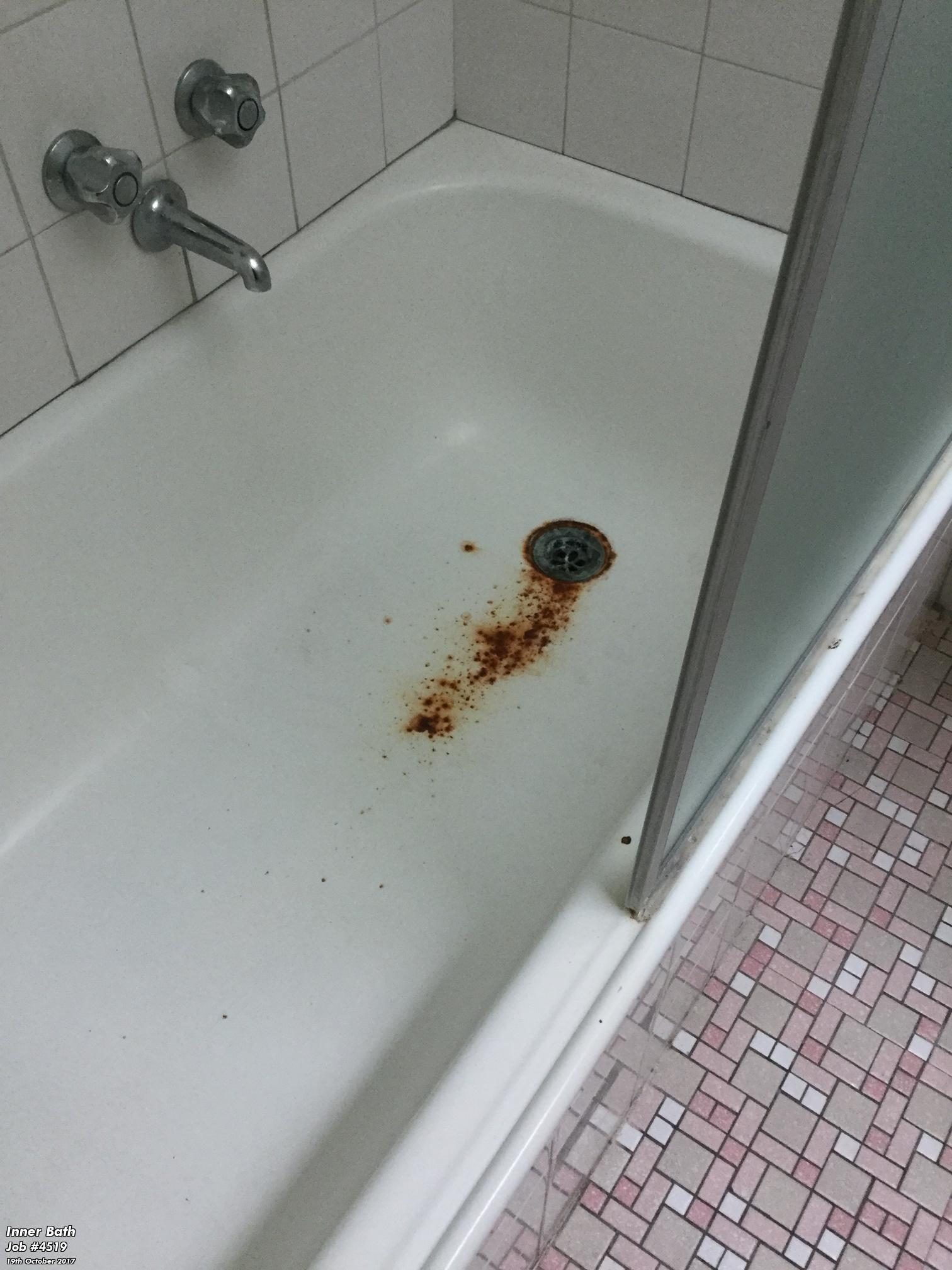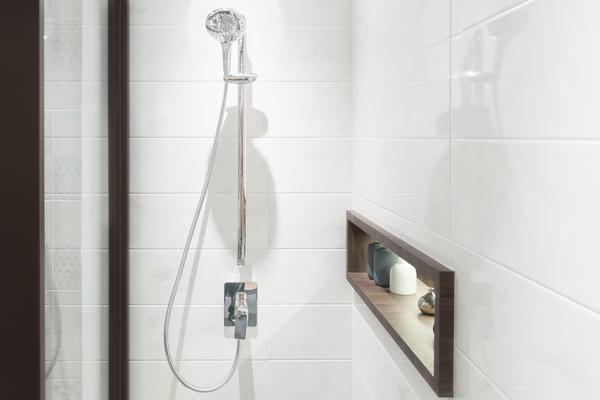5 Acrylic Washroom Problems and Solutions
5 Acrylic Washroom Problems and Solutions
Blog Article
{Show Details We've encountered this great article pertaining to Things To Look Out for Before Hiring a Plumbing Company listed below on the net and thought it made perfect sense to relate it with you on this page. We recommend that you clean your acrylic bathing product made of Delta ProCrylic or Acrylic with Innovex Technology with non-abrasive soaps and cleaners, such as: When it’s time to clean, always use a terry cloth towel, soft cloth or sponge to avoid scratching the acrylic surface. Don’t use abrasive scrubbing pads, steel wool or sponges, cause permanent damage to the acrylic material. If you use a drain cleaner or clog remover, be sure to rinse thoroughly with water so no product is left standing near the drain. Some chemicals and cleaners may deteriorate acrylic surfaces, causing cracks and, potentially, property damage. To avoid this, don’t use cleaning products that state on their label that they are not suitable for use on Acrylic, ABS, Polystyrene or Plastic. Be sure to check the label of any product before you apply it to the surface; it’s easier to avoid damage than to try to remedy it. Chemicals we do not recommend using to clean acrylic showers/tubs: When you’re ready to apply sealant, a little planning goes a long way. Pick up some painter’s tape and use it to mask off the seam to help make cleaning up easier. When you’re applying the bead, use a constant, steady speed to avoid an uneven finish. Use a caulk tool or a plastic spoon to work the sealant into the joint. Wetting the tool with denatured alcohol will help create a smooth finish. Follow the directions on the back of the tube for cure time. Certain chemicals and cleaners may deteriorate acrylic surfaces, causing cracks and, potentially, property damage. After you’re finished applying it, clean up the product surface and remove any excess sealant with denatured alcohol. Don’t use solvents (turpentine, lacquer thinner, mineral spirits, paint thinner, MEK, xylene, acetone, naphtha, etc.) that can wreak havoc on an acrylic surface. With a little care and consideration, you can prevent damage to your acrylic shower or tub. Keep a supply of soft cloths handy and remove any damaging products or abrasive scrubbing items from the bathroom to ensure they aren’t around when it’s time to clean. https://www.deltafaucet.com/design-innovation/inspiredliving/how-to-clean-acrylic-shower I am very enthusiastic about 6 Things to Know About When Hiring a Plumbing Services and I hope you enjoyed the entire article. Do you know about another individual who is occupied with 6 Things to Know About When Hiring a Plumbing Services? Why not share it. Many thanks for going through it.
Acrylic baths, shower trays, and various other acrylic washroom ware have actually ended up being much more typical in washrooms in current times. Thanks to modern-day chemistry we currently have options to enamel as well as ceramic materials for bathroom fixtures. These include various polers and also plastic materials. Though not as sophisticated as well as sturdy as enamel as well as porcelain bathrooms as well as components, they are a lot more budget friendly and offer pretty much the exact same standard purpose. These products are very easy to make, store, and transport and in the incidence of damage, they are easily repaired. Some usual examples of damage to acrylic shower room fixtures include staining, fractures, openings, and so on. Let's take a look at some of these problems and quick methods of fixing them.Bath Discoloration
With extended use acrylic baths comes discoloration or discoloration. While some discolorations can be removed quickly, making use of unique chemicals, others need that the bath be resprayed. It is necessary to keep in mind that bleach or detergents do very little in removing such discoloration as well as they may also aggravate it. The majority of times, these cleaning agents induce staining with time. Aromatherapy oils loosen up the dust in some cases thereby restoring the bathroom to its previous magnificence. Cleaning up and polishing additionally sometimes. For even more persistent spots, you will require a brand-new layer of finishing. This type of fixing will call for an expert.Chain reaction
Occasionally, individuals try to repaint the whole surface of their acrylic bathroom by themselves either because they do not like the color to hide imperfections. You must never ever utilize paint cleaner on acrylic baths. Paint eliminators do not respond with the surface of steel baths, they destroy acrylic bathrooms irreversibly.Scraped shower or bathroom surface area
Acrylic bathroom components are not abrasion-resistant like enamel ranges. They are more vulnerable to scratches and also much less sturdy. Being an extremely soft material, acrylic scrapes can also be concealed without covering or dental filling. For these, you must seek professional assistance for your bathroom fixings. As an avoidance suggestion, avoid using abrasive sponges when cleansing. Instead, you need to utilize a simple fluid cleanser with a soft pad.Broken Acrylic Baths
The life-span of acrylic and also fiberglass baths depends on 15-20 years for shower pans and bathrooms, typically. Splits in an acrylic shower tray are most likely amongst the simplest troubles to repair for a repair specialist. The most effective part is you reach see the outcomes practically immediately. This is the same for PVC, material, and other such products. A min crack should be addressed on time before it spreads out more causing extra severe damage. While these can be fixed on a budget plan tackily, an expert can assist you get it performed with even more skill for a cost. Quick residence solutions can be done with epoxy materials yet if the outcome ends up inadequately, this would certainly make the fixing extra tough for a professional.
Polymer baths, shower trays, and various other acrylic bathroom ware have actually become a lot more common in washrooms in recent times. With long term use of acrylic baths comes discoloration or discoloration. You should never use paint remover on acrylic bathrooms. Paint removers do not react with the surface area of steel baths, they destroy acrylic bathrooms irreversibly. The lifespan of acrylic and also fiberglass bathrooms is up to 15-20 years for shower frying pans and also bathrooms, normally.How to clean Acrylic shower
USE THESE NON-ABRASIVE CLEANERS
DO NOT USE THESE CLEANERS
Sealant Application Tips

Or Book Technician Here